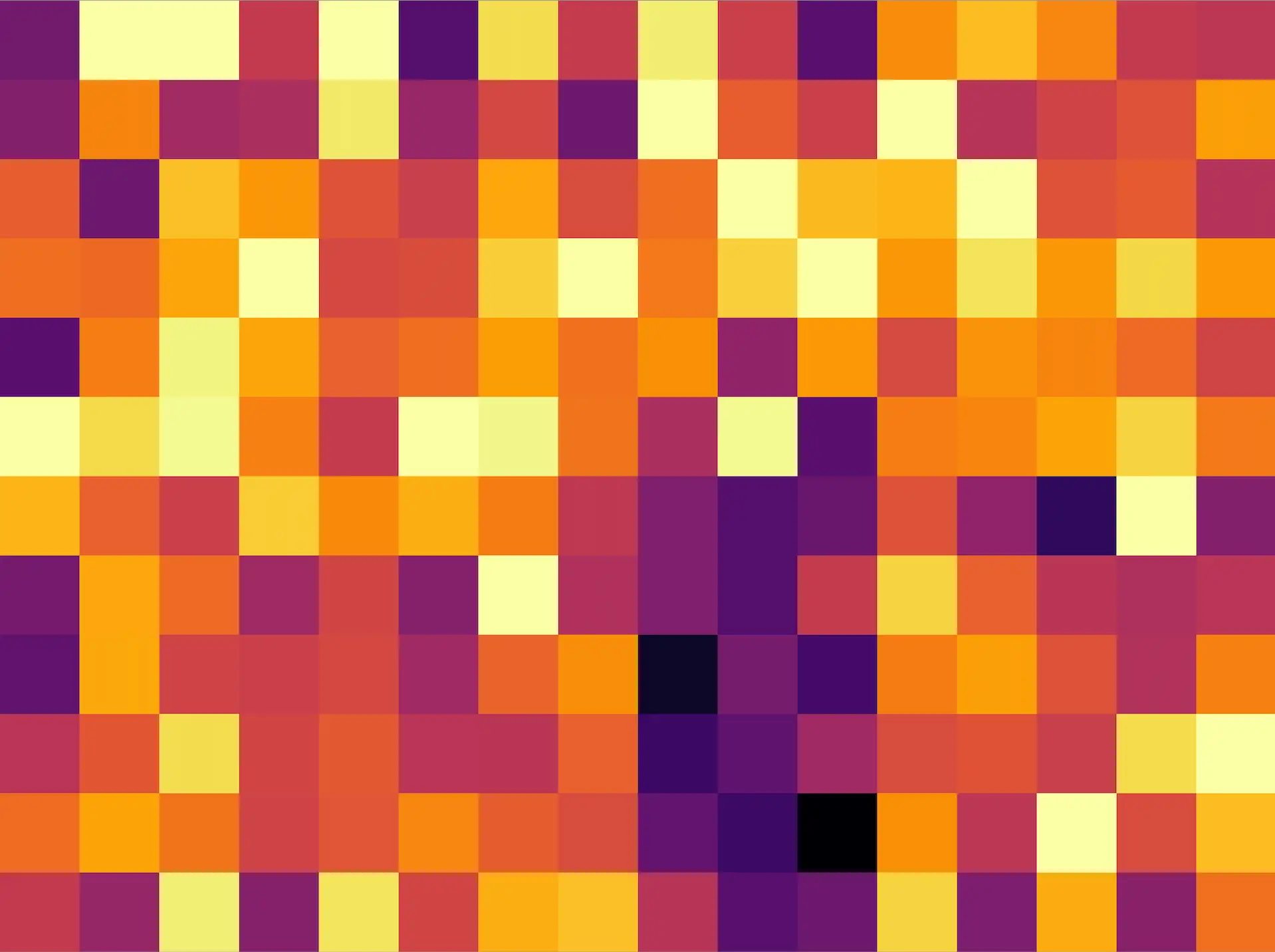
Have you ever noticed how some songs have patterns that just stick in your mind, like a catchy melody or the way chords fit together?
A CQT chromagram is a tool that helps us dig deep into the "musical DNA" of a song, showing us how these patterns change over time. What’s a Chromagram?
Imagine a graph where time runs left to right, and musical notes (like C, D, E, etc.) are listed from top to bottom. The colors or brightness of each square show how strong each note is at a given time. For example, if a violin plays a beautiful melody, you’d see bright spots lighting up along the notes the violin is playing.
It doesn’t just look at how loud the sound is like a spectrogram does—it zooms in on the musical parts, like chords, melodies, and harmonies. It’s like a cheat sheet for understanding what makes a song sound the way it does.
What’s CQT All About?
CQT stands for Constant-Q Transform. It’s a fancy math method that helps create the chromagram by focusing on notes and musical structures rather than raw sound. One of its superpowers is that it adjusts how it measures sound depending on the pitch. Low notes get a more detailed look, and high notes are grouped together more efficiently—kind of like zooming in on the bass and zooming out on the treble. This makes it ideal for analyzing music.
CQT still helps expose rhythm, texture, and density patterns—making it a creative and analytical tool even outside the world of music.
Why Is It Special?
- CQT chromagrams are especially powerful for musical analysis because they align with the way music works—think pitch, harmony, and chords. The frequency bins in a Constant-Q Transform follow a logarithmic scale that matches musical notes (e.g., octaves, semitones), making them perfect for tasks like melody tracking, chord recognition, and key detection.
- But CQT isn’t just for music, in natural sounds (like wind, rain, or ocean waves), CQT offers:
- Better visibility of low-frequency shifts, such as wave crashes or distant thunder.
- A more compact, interpretable view of wide-band textures like heavy rain or gusting wind.
- A visual structure that can reveal temporal patterns, such as the pulsing of ocean swells or intermittent bursts of wind.
Why wear it?
This is simple, like any piece from our first collection, it looks cool and translates into visuals invisible properties of a sound that means something special to you.
